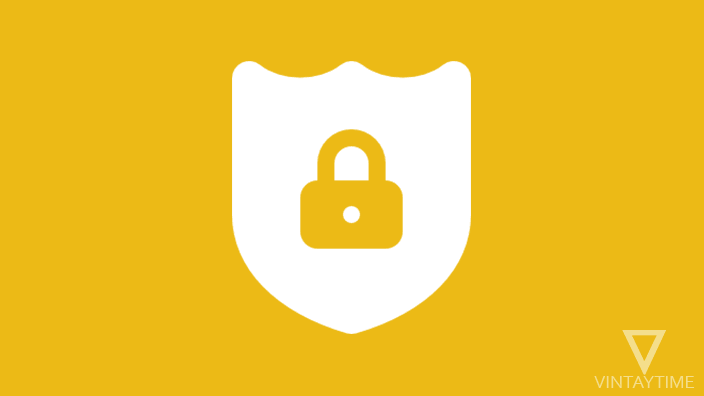The best thing about living in this digital era is that we get to perform all of our important activities online, meaning we don’t have to go strain to get things done. However, this also means that IT technicians must have a very efficient way of setting up network devices so that end users don’t have to deal with system crashes or bugs as they go about their daily business.
Luckily, software programmers came up with Zero-touch Provisioning to make all the processes of configuring devices more automatic, and as a result, there is no need to send your IT personnel on-site to get the job done.
This article shows you the incredible way in which ZTP works, and all the benefits that it has brought to IT technicians and end-users alike. In addition, it also discusses a few disadvantages that you might have to face when using ZTP.
Let’s get started.

What Is Zero Touch Provisioning?
Zero-touch provisioning, aka ZTP, is a process of deploying software automatically, without a human being intervening at any point. It involves the creation of an automatic procedure that tests, builds, and then deploys any kind of software in half the time that it would take an IT technician to perform the entire procedure manually. To put it simply, automated provisioning eliminates the need to send an actual IT technician to deploy the software by hand.
In the past, before ZTP was created, organizations had to order network devices directly from the manufacturers or through a Value-added Reseller (VAR). Afterward, the parties involved had to send the devices to the IT department so that the technicians could set them up manually and then assign them to specific employees.
As you can see, ZTP was created because configuring every device manually was too much work and it required a lot of time to complete.
How Does Zero-Touch Provisioning Work?
Zero-touch deployment works by putting together all the steps that are necessary for deploying software into one continuous pipeline that does not require human intervention. In order to begin the process, the software developers must write code and then commit it to a version control system that keeps track of and manages all the changes made to it.
Afterward, the code is taken through a series of automatic tests before it is compiled and deployed through the same automated process.
The tests that are usually conducted before deployment are important because they scan the software to make sure that it has no bugs, errors, or security vulnerabilities that could affect whoever ends up using the software. In addition, the tests check the base code of the software to ensure that it follows a set of specified standards.
After the software passes all the necessary tests and screening, it automatically gets deployed to production and thereafter, it will be available to end users immediately.
What Is the Difference Between Zero-Touch Provisioning and One-Touch Provisioning?
Many people often assume that all provisioning that involves very little human intervention is zero-touch. However, there are some network devices that support one-touch provisioning (OTP), instead of zero-touch provisioning (ZTP).
ZTP usually configures software without the need to input the setups manually; therefore, the entire process is automatic. On the other hand, OTP is also an automatic process for configuring software, but it usually leaves one task that has to be done manually. Usually, the task that is left out is something simple like changing default passwords or entering an IP address.
How You Can Use Zero-Touch Provisioning in Your Organization
After production deploys the software, your organization’s IT technicians will have to set up a few specialized configurations before employees can start using the software. And then, the software’s performance can be monitored through your company’s device management software, where you will automatically see if it needs an update or additional configuration.
What Are the Advantages of Automated User Provisioning?
Here are the 4 ways in which zero-touch provisioning software can help you
It Reduces Deployment Time
Zero-touch provisioning helps to reduce the amount of time that it takes to deploy software to production by making the entire process automatic. As a result, there is very minimal need for human intervention, which helps to save the time and resources that would be needed to complete the task manually.
It Increases Productivity
Since the process of deploying the software is automated, developers are able to focus more on writing code instead of dealing with manual deployment tasks; thus making them more productive. In addition, the swift automatic deployment process allows employees to begin their work quickly without having to wait several days to pick up their devices from IT.
It Improves Quality
Zero-touch provisioning ensures that the deployment of all the software is consistent and follows the same pre-set rules to make sure that the software is always high quality. Moreover, ZTP offers better supervision and support that you can easily customize for your business.
It Reduces Risk
Testing, building, and deploying software through an automated process reduces the risk, or errors or bugs finding their way into production. As a result, it makes the experience of the end users more flawless by reducing the risk of downtime caused by software crashes.
Increased Security
Zero-touch provisioning ensures that the software gets security updates as often as possible to keep the online presence of the end user as secure as possible. Moreover, managing the software on a large scale also helps to increase efficiency when it comes to security protection.
What Are the Disadvantages of Automated User Provisioning?
Using ZTP to deploy software in your business is a great decision, but you must be prepared to face the following disadvantages.
The Initial Cost of Setting up the Software Is High
You must be ready to spend money on many tools and software that are necessary to make the automatic deployment run smoothly. If you are not prepared to invest in the necessary tools to meet the cost, you will find yourself depending on old manual ways for deployment, and nobody wants that.
The Process Is Quite Complex
The automated process of deploying software can sometimes be complex; therefore it requires a lot of specialized knowledge and expertise to set up and maintain. For this reason, the best thing you can do is hire an IT technician who has great experience working with Zero-touch applications.
It Increases Dependency on Automation
Most organizations that have used zero-touch provisioning for a long time often become too dependent on automation processes. As a result, they find it quite challenging to deploy software manually in case the automation process hits a snag.
Final Thoughts
In this digital era, Zero-touch provisioning has become a necessary tool for streamlining and making deployment more efficient. By automating the provisioning process, ZTP helps organizations to reduce costs on labor, save time, and make remote deployment easier.
However, you must remember in spite of its many benefits, zero-touch provisioning also has downsides that you must consider carefully. You must understand that automated provisioning requires a hefty investment to start and maintain. Moreover, you should know that if you depend too much on automated processes, you may find yourself in a pickle when you can’t access ZTP.




